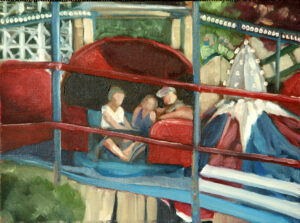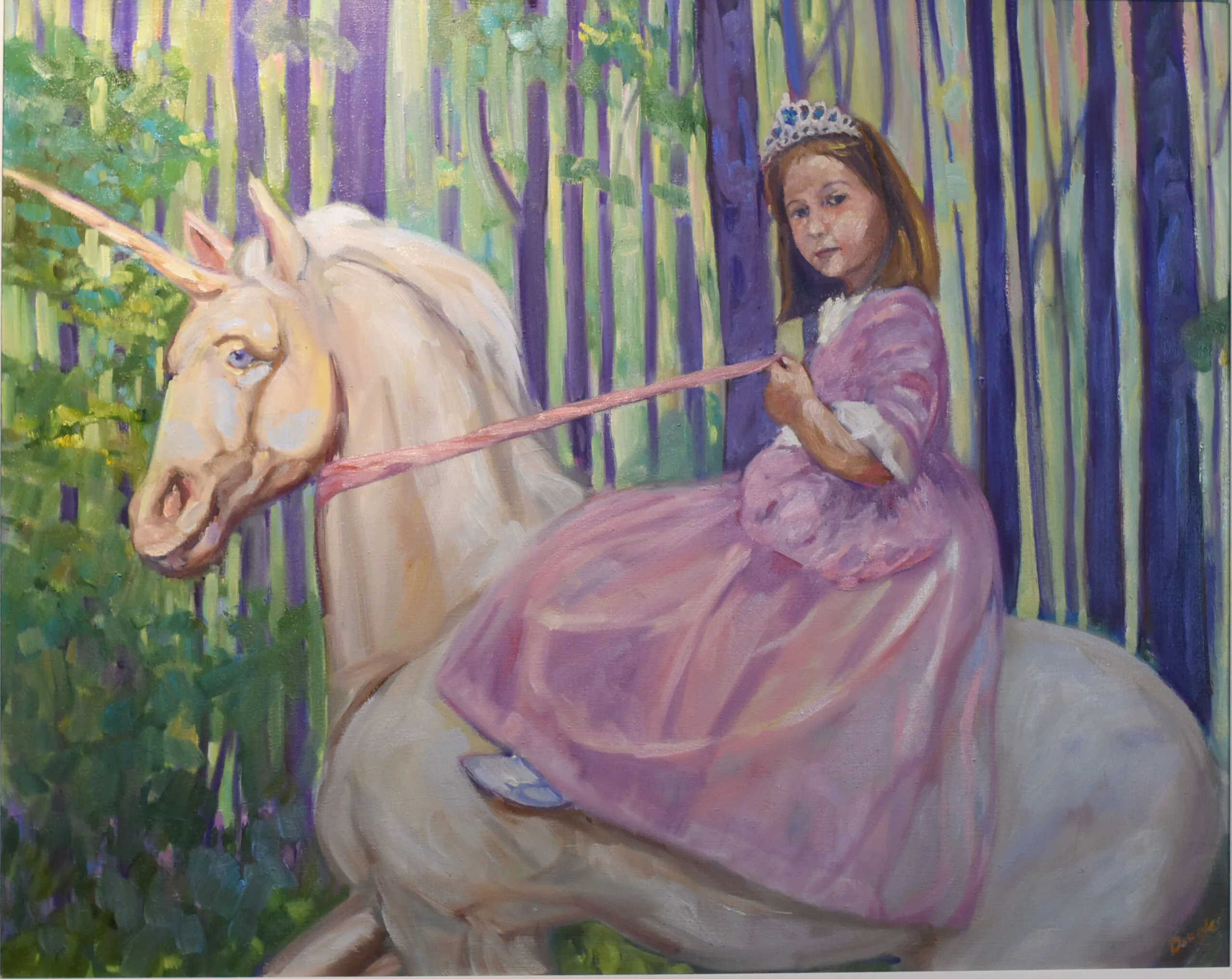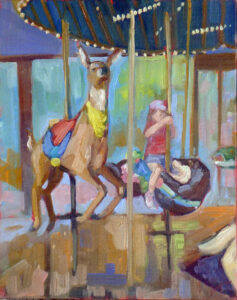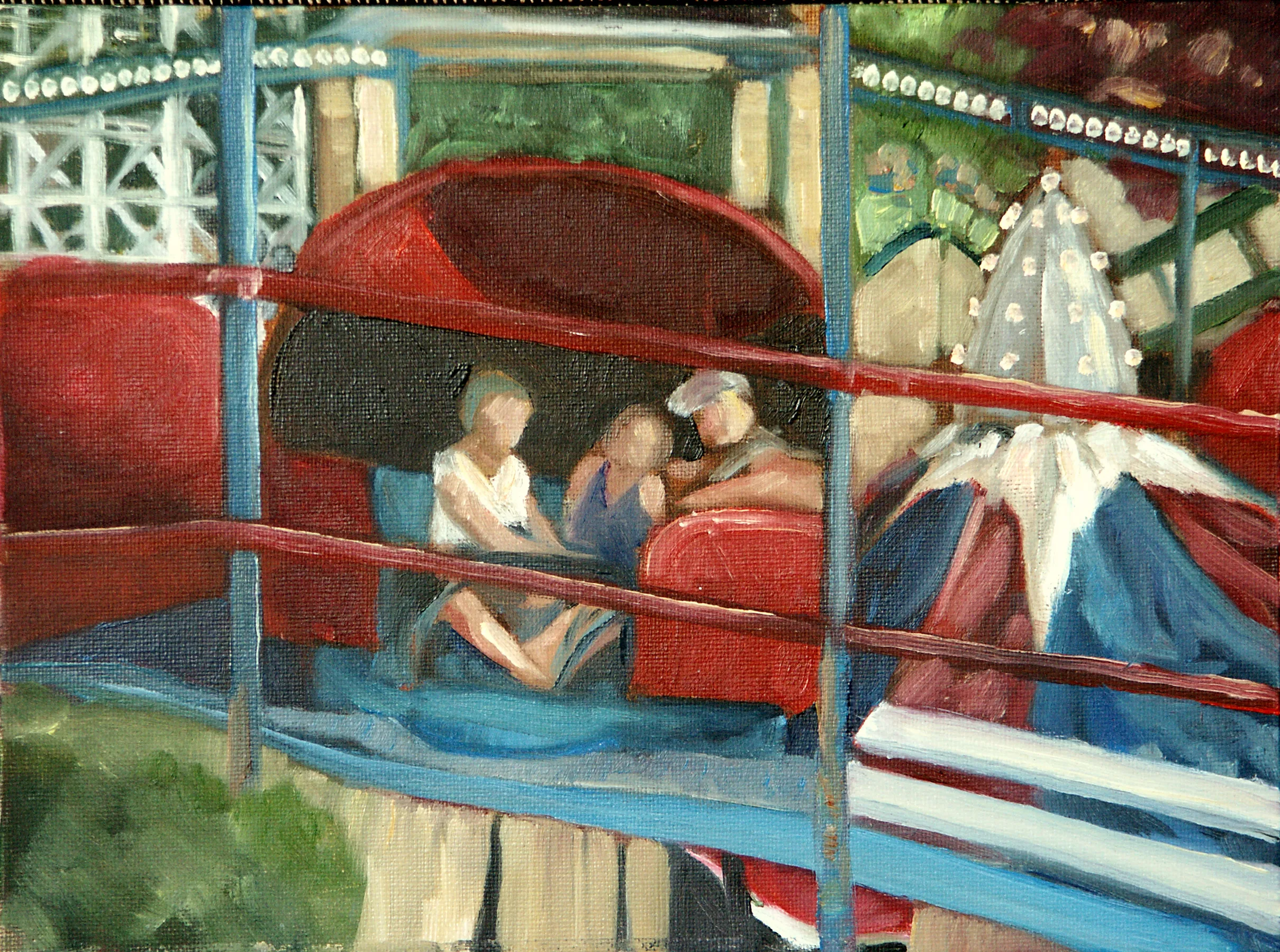
Bobbi Heath sent me a post yesterday called How to Deal With Copycats, which I promised I’d read before I blogged this morning. “I’m never that worried about what other people are doing,” I added. She told me not to bother reading it but to just write about the subject, so that’s what I’m doing.
A few decades ago, a woman came up to my booth at a show and took a photo of one of my paintings. “I want to copy it,” she told me, apparently unaware of the etiquette of stealing others’ ideas. (First rule: don’t broadcast your intentions.)
“Good luck with that,” I told her.
There are some brilliant copyists out there. They’re called forgers, and I admire their ability to channel their creativity into chemistry rather than the business of brushstrokes. I’m too idiosyncratic myself, and I suspect most of us are. We have an inner vision that’s too strong to be overridden.
I am insufficiently dead to attract the attention of forgers. Those other copyists are called ‘amateurs’ and if their copying doesn’t affect the value of my work or my reputation, I don’t care what they do.

Sometimes copying is about learning
I look at the work of Tom Root for his brushwork, Tara Will for her audacity, Cynthia Rosen for her palette knife virtuosity, Eric Jacobsen for his scumbling, and Colin Page for his color. I have no hesitation about copying passages to be sure I understand how they achieved the effect that interested me.
Is that being a copycat? No; it’s being a lifelong learner.

Paintings are mostly about what isn’t stated
It’s your inner vision that makes you unique, both as a painter and a person. I’ve taught painting for many years and one of my go-to lessons is to ask students to copy a masterwork. Can they make a perfect JMW Turner or Rockwell Kent or Emily Carr? Absolutely not; their own personality always seeps out through every brushstroke. That’s even true when I ask them to concentrate on brushwork.
A person who wants to copy your work or style is devoid of that strong inner vision. That means he or she won’t understand your viewpoint in the first place, which would make real mimicry impossible.

What is style, anyway?
Years ago, a painting teacher told me that heavy outlines were my style. He was wrong; they were just an inability to marry edges (which I hadn’t been taught yet). That’s an argument for not even thinking about style until you’ve developed serious painting chops. Style is different from being stylish, to which we should all aspire.
Style is the gap between your inner vision and your ability to render it. That disconnect may be caused by bad painting chops. It can equally be caused by something subconscious that elevates, rather than diminishes, your vision.
Vincent van Gogh is an eloquent example of this. His obsessive need to put his inner vision on canvas tells us he never quite succeeded in matching up his brush with his mind. We’ve all benefited immeasurably from that disconnect, since his style has profoundly influenced modern art.
But what about AI?
I feel about AI the same way I do amateur copyists. At this point in its development, it’s easy to pick out AI-generated art online. Maybe someday AI will be good enough to look like it has a heart, but we’re not there yet.
My 2024 workshops:
- Painting in Paradise: Rockport, ME, July 8-12, 2024.
- Sea & Sky at Schoodic, August 4-9, 2024.
- Find your authentic voice in plein air: Berkshires, August 12-16, 2024.
- Art and Adventure at Sea: Paint Aboard Schooner American Eagle, September 15-19, 2024.
- Immersive In-Person Workshop: Rockport, ME, October 7-11, 2024.

